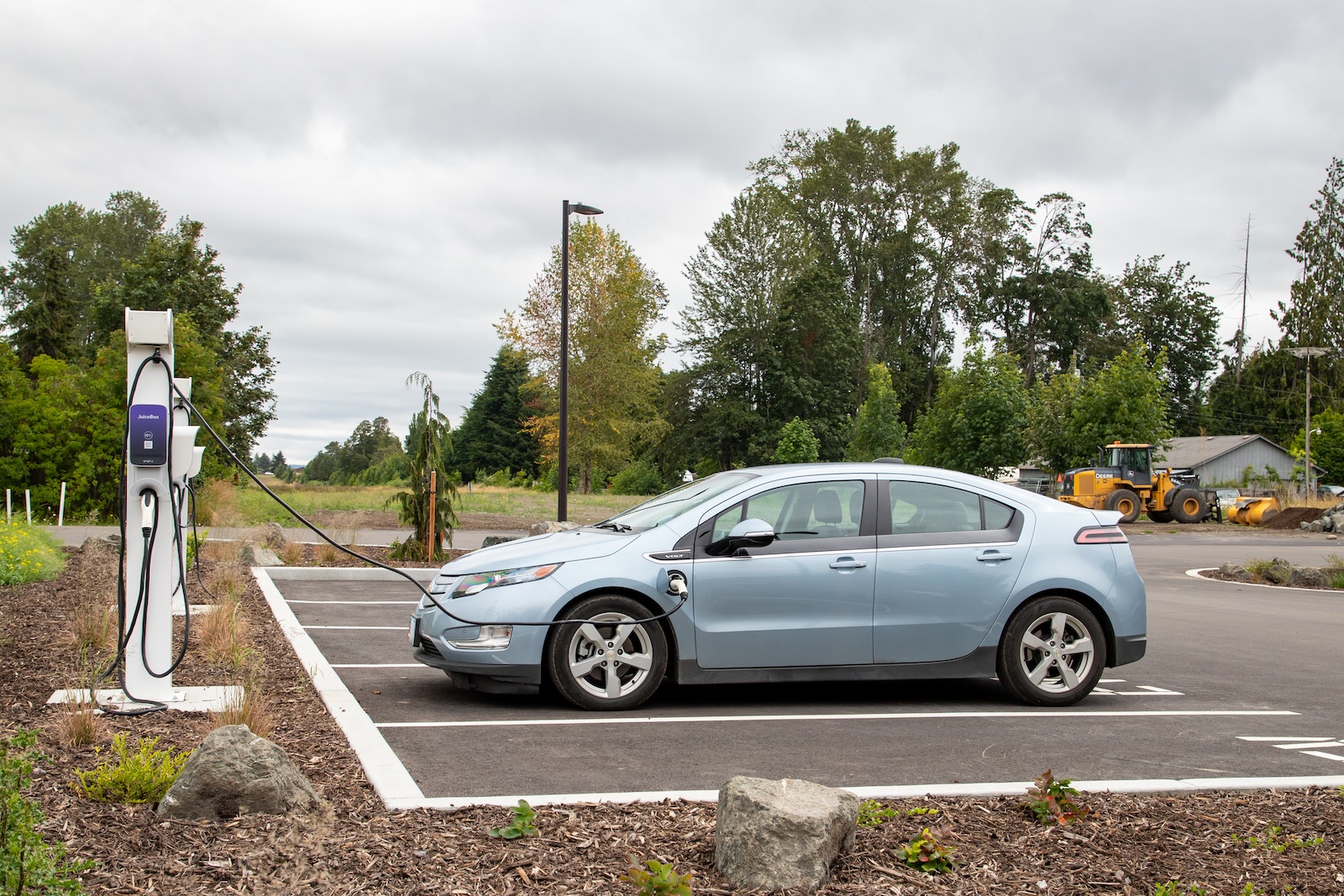Blowback from car emissions has become a growing environmental concern over time. As society becomes more cognizant of greenhouse gases’ destructive power on our environment, regulations and initiatives to curb car emissions have garnered increasing support. This article seeks to provide a comprehensive view of car emissions’ environmental impact as well as regulations designed to mitigate it.
Car Emissions and their Environmental Effects: An Examination:
Car emissions refer to gases released into the atmosphere as a result of fuel combustion in cars. Common emissions include carbon monoxide (CO), nitrogen oxides (NOx), volatile organic compounds (VOCs) and particulate matter (PM), all having detrimental impacts on air quality and contributing to climate change.
High car emissions have wide-reaching environmental consequences. Elevated levels of CO emissions contribute to smog formation, potentially leading to respiratory health issues; NOx emissions cause acid rain, contributing to ground-level ozone formation that is harmful both to humans and the environment; VOCs contribute further to this formation while having adverse health consequences; PM, including fine particles and black carbon, contributes to poor air quality which has been linked with various respiratory and cardiovascular illnesses.
Emission Regulation for Cars:
Reacting quickly to concerns over car emissions’ environmental impacts, governments worldwide have implemented regulations designed to limit and control them. Two prominent emission standards systems include Euro standards in Europe and Corporate Average Fuel Economy (CAFE) standards in the US.
The Euro standards, implemented by the European Union, establish limits on how much pollution vehicles can emit. Over time, these standards have become stricter with each iteration; most recently with Euro 6 which imposes stringent NOx and PM emissions limits.
In the United States, CAFE standards aim to increase fuel efficiency and lower greenhouse gas emissions from cars and light trucks. Automakers must meet specific fuel economy targets with their fleet. The Environmental Protection Agency (EPA) sets these regulations, encouraging manufacturers to invest in technologies that promote cleaner vehicles.
Future Trends and Technologies:
As the need to reduce car emissions increases, automotive industries are actively exploring innovative solutions. Electric vehicles (EVs) have quickly emerged as promising alternatives to traditional gasoline-powered cars due to zero tailpipe emissions and renewable energy charging sources that significantly lessen transportation’s carbon footprint.
Hybrid vehicles combine an internal combustion engine and electric motor for improved fuel efficiency, reduced pollution, and enhanced fuel savings compared with traditional cars.
Biofuels, hydrogen fuel cells and vehicle-to-grid technology hold great promise for further reducing car emissions. Cooperation among governments, automakers and research institutions is necessary to drive their development and adoption.
Conclusion:
Understanding car emissions, their environmental impact and measures implemented to regulate them is integral for creating a more sustainable future. Through regulations like Euro and CAFE standards, we can promote cleaner and more fuel-efficient vehicles from being produced. Embracing emerging technologies such as electric vehicles (EV), hybrids and alternative fuel vehicles will play a vital role in mitigating climate change while prioritizing eco-friendly transportation options can make significant strides towards creating a greener planet.
















